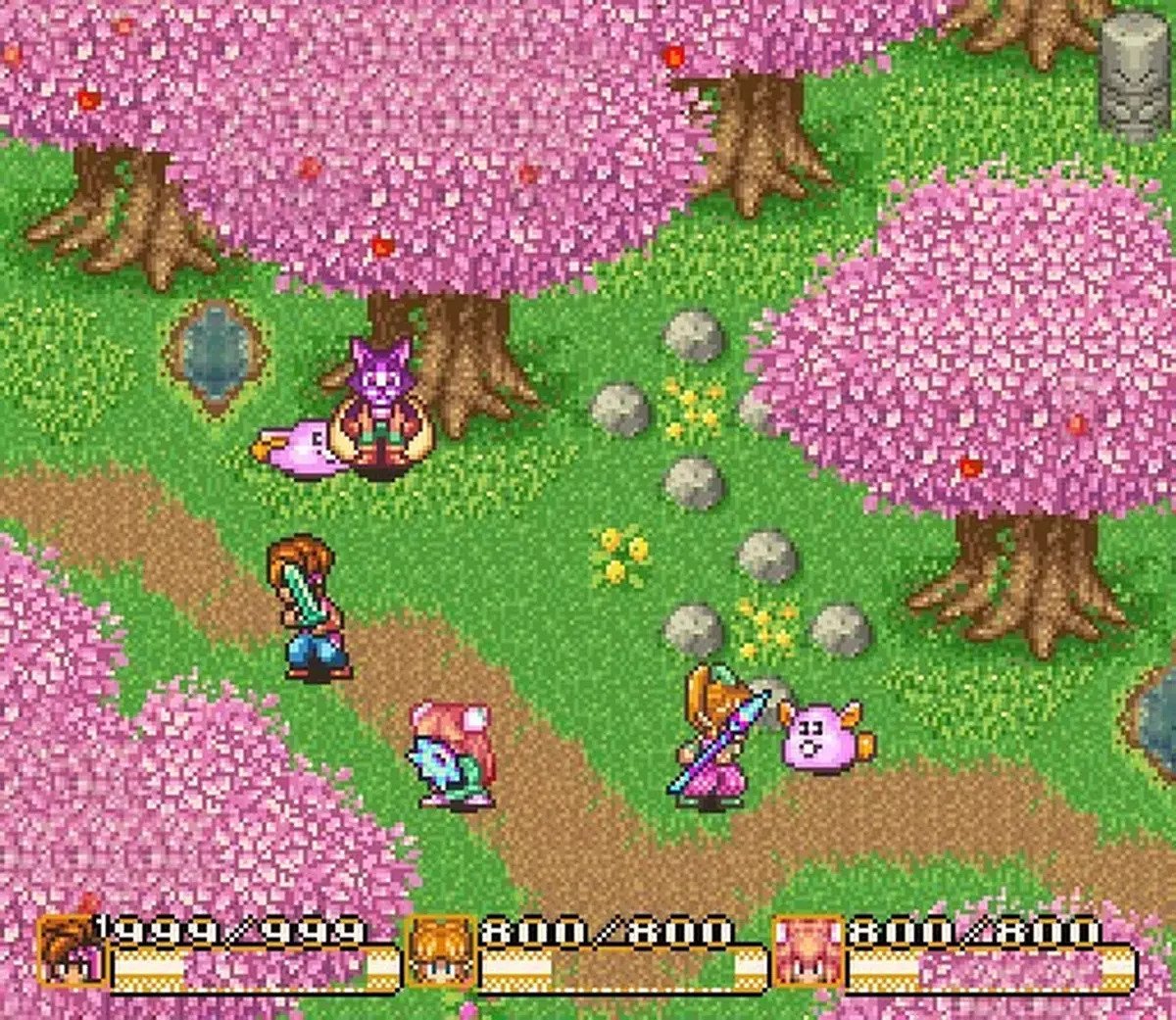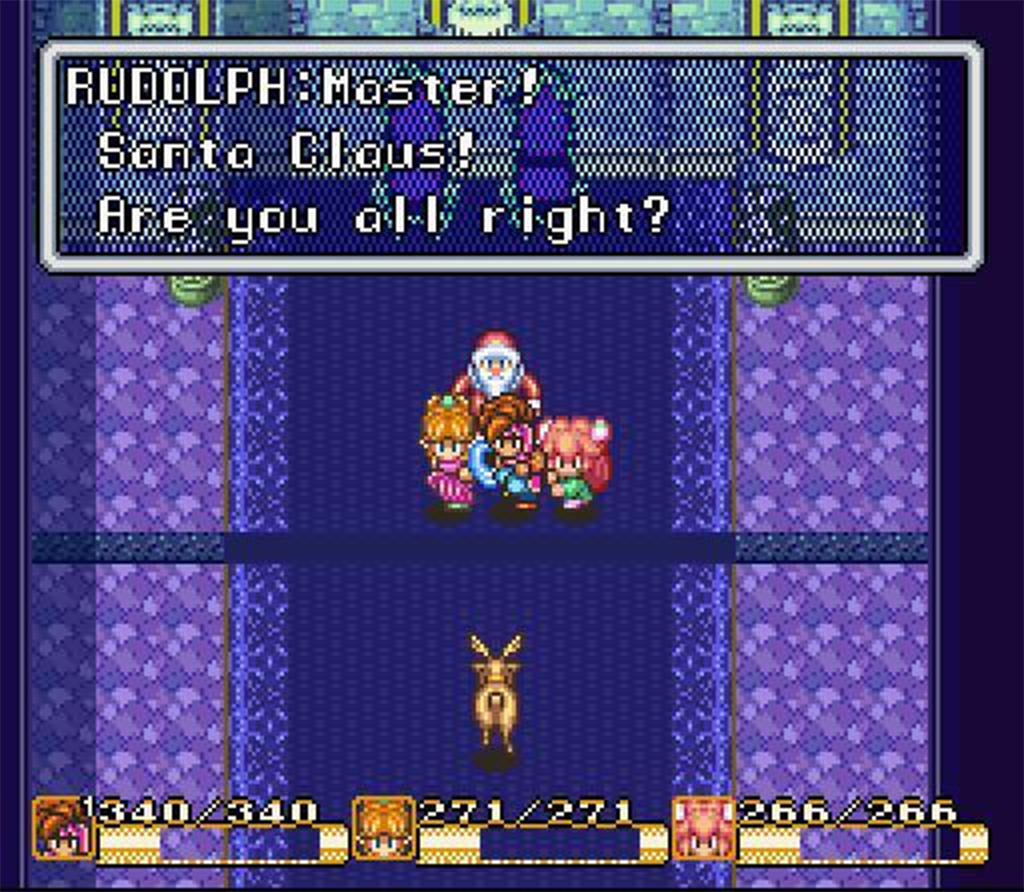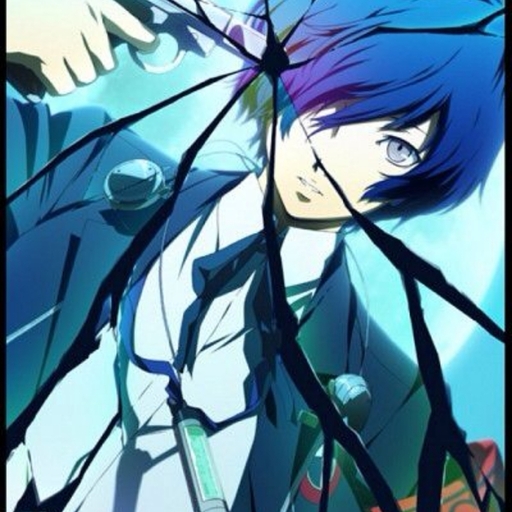If you were to think of the golden age of RPGs, most people would probably say that there was nothing quite like the Super NES’s output of the genre. Over the course of five years, classic RPGs were pumped out of that machine like nobody’s business, from well-known titles like Final Fantasy VI and Chrono Trigger to lesser-known hits like Soul Blazer and Shadowrun. While I personally missed out on that period of time when RPGs were the go-to genre, I eventually discovered this era in gaming as a teenager thanks to the Wii Virtual Console. I downloaded several games from that era that were considered classics, but the one that stuck with me the most would be Square’s 1993 classic, Secret of Mana, which is celebrating its 30th anniversary and was made possible by a truly awful console: the Philips CD-i.
What Is Secret of Mana?
Known as Seiken Densetsu 2 in Japan, the game is part of a series that never really got the respect it deserves despite the critical acclaim Secret of Mana received. The first game in the series, Seiken Densetsu, was localized in the West as Final Fantasy Adventure while the third game would go unreleased in the West until 2020, when an enhanced remake of the game, now known as Trials of Mana, would rectify that error. For a long time, Western gamers had no real idea about the scope of the Mana series. In my opinion though, I think that relative obscurity helped shine a spotlight on what makes Secret of Mana so great without having to be compared to the other entries in the franchise.
In Secret of Mana, you play as a young boy who pulls a sword from a stone, but the sword is eventually revealed to be a legendary weapon known as the Mana Sword. A traveling knight discovers you and encourages you to find the eight Mana temples so that you can make the sword regain its strength to defeat the evil Empire and the sorcerer Thanatos who is manipulating it. You get help from two additional party members, a young girl and a sprite, as the party travels to the Mana Temples, defeats Thanatos, and saves the world.
Related: Five Unconventional Christmas Games to Celebrate the Season
How Nintendo and Philips CD-I Made Secret of Mana Possible

While we may be used to sprawling RPGs with grand plots with many intricate story beats and side plots, Secret of Mana’s story is very typical for the time to the point where it can seem antiquated by today’s standards. Games of the era were limited by the cartridge spaces of SNES and Genesis cartridges, so many early RPGS of the time had simplified stories that gave just enough incentive in order to push the player through to the next challenge.
That wasn’t always the case, though, this time around. Secret of Mana was originally supposed to be developed and released for a CD attachment for the SNES developed between Sony and Nintendo. Despite a lot of progress being made on this CD attachment, Nintendo terminated the deal, since they thought that Sony had too much power under the then-current conditions. Nintendo then went to Philips, a major competitor of Sony, and asked them to develop a CD-based system, which would eventually become the Philips CD-i.
Development of Secret of Mana ended up shifting back to the the SNES and its traditional cartridges, which meant that would have to reduce the story significantly and cut back many of the features they wanted to include in the game, including multiple endings. The heads of Square said no, most likely seeing how well the rest of their library was doing critically and commercially on the SNES and wanted to keep the trend going, so they forced the devs to make significant cuts to make the game fit in the SNES’s limited storage space.
Why Secret of Mana Still Matters
While that’s definitely not ideal circumstances for the game, it almost doesn’t really matter at the end of the day, because people don’t really talk about Secret of Mana for its convoluted origins or its plot. The franchise comes across to me as one that’s always interested in experimentation, whether it be trying to push a major RPG on a limited system like the Game Boy with Final Fantasy Adventure, or the absolutely convoluted structure and story progression of Legend of Mana. These are all games that focus on being games first and foremost, and Secret of Mana’s gameplay is undeniably unique and undeniably fun.
Combat occurs naturally in the environment, but you have a power bar that determines the strength of each attack. If you just mash the button to attack an enemy, each of your attacks will be pitifully weak and hardly do any damage while enemies lay into you. The longer you wait, the more power your attacks will have as your power meter reaches 100 percent. Thanks to this, you need to contemplate when you should attack and which enemy you should hit in combat to maximize efficiency. Of course, your party members will do their own thing, but even determining who you control and attack when can be vital thanks to Secret of Mana’s Ring System, which allows you to plan a series of attacks, offensive magic, and defensive spells.
Related: Lost Odyssey: The Xbox 360’s Most Interesting Novel

A lot of what made Secret of Mana stand out so much may seem like standard practice nowadays, but the execution is what elevates it. The game sports a soundtrack that is both ethereal and energetic, giving the player a distinct impression that they are in a real fantasy setting. The game’s aesthetics are extremely bright and colorful, giving an almost cartoony vibe to locations and monsters. There are just enough goofy moments in the game to make you crack a little smile, like when a monster you defeat turns out to be a transformed Santa Claus.
Given how threadbare the overarching plot is, Secret of Mana places a lot of importance on the smaller segments within the game and draws your attention to those rather than the big picture. But again, most of these mechanics, while unique to Secret of Mana, don’t seem like enough to make it a standout game within the genre. That’s where multiplayer comes in.
Secret of Mana’s biggest strength is that the entire 20-30 hour RPG can be played in local co-op. You and two buddies can complete the entire adventure together, making those combat encounters even more dynamic. Calling out spells you use, coordinating who attacks which enemy at the moment, asking for heals, and trying to determine who will buy or upgrade which weapon makes each decision within the game feel more impactful. You’d be hard-pressed to find many other RPGs that go to such lengths to center their entire game on local multiplayer.
Even without factoring in the formative nature of the game and its pioneering local co-op mechanics, it’s a game that anyone can easily pick up and play and instantly become invested in. The visuals and music are enough to separate Secret of Mana not only from its contemporaries, but also when compared to modern-day RPGs. In an age where excess seems to be the dominant design mentality as RPGs need to be bigger and longer, I still think fondly of these more understated and concise RPGs like Secret of Mana. And just think… this game turned out to be as good as it was due to the Philips CD-i.






Published: Oct 3, 2023 05:00 pm